I have not written a Long Lost Longbox entry for a few weeks because I wanted to read ahead. That’s cheating, I know. The whole premise of this feature was to simply pull a comic, read it and write my first impressions in a random, impromptu kind of way. But two entries in I realized two things: a) It was boring to write and b) it was boring to read.
So I decided to change tactics a bit. Instead of having a “mystery box” with random comments off the top of my head I will now do some research, gain some knowledge of the subject and possibly have something interesting to say. A novel approach I know and waters I do not wade into very often – but what the hell, let’s give it a shot.
So looking ahead in the Long Lost Longbox we will have, including today, 7 issues of the Jerry Prosser run on Animal Man. Over the course of those 7 weeks I will attempt to impart a little background information as well as the synopsis and overall impression. Today we begin with the era in which this comic was issued, the 90s.
The 90s are the poster child for comic book excess. An oversaturated collector’s market was ripe with publishers ready to exploit it as much as possible. Comics with multiple covers with gimmicks like die-cast and 3D were rampant. Renumbering and reimagining of classic characters as hip or “extreme” were common. And there was the rise of the celebrity artist/writer epitomized by people like Rob Liefeld and Jim Lee sold a hell of a lot of comics but didn’t do much for quality.
At times the mega event comic could be more than just a marketing scheme. The Death of Superman storyline was a huge media event and sold millions of copies while also gaining widespread critical and fan acclaim.
But more often than not both Marvel and DC entered into self-parody. Hyper-sexualized women and over-muscled men wielded massive guns and swords, their disproportioned bodies covered in pouches. My God, so many pouches.
And there was the push to write more mature stories. “Mature” in most cases was simply an excuse to show boobies and violence, but there were writers and artists breaking new ground and challenging what could be done with the medium. Writers like Alan Moore, Neil Gaiman, Garth Ennis and Grant Morrison were telling complex and intense stories with graphic and sometimes disturbing visuals and subversive messages. Too intense at times for the mainstream superhero set.
DC solved this by creating Vertigo, an imprint for more “adult” comics. Vertigo would have a distinct, artistic style and soon became the go-to place to find more “grown-up” comics. If you were a pompous ass like say, someone writing this article right now, you would have pointed to Vertigo to justify to others that comic books really were literature before running off to read back issues of Captain America in peace (but that is for a later essay). Vertigo was also a great place for DC to re-launch some lesser known properties with a rather different approach, a 90s style “dark and gritty” reboot if you will.
Several characters were given this treatment with varying results. Neil Gaiman’s Sandman was one of the more popular and acclaimed as was Grant Morrison’s Animal Man. Technically Morrison’s run wasn’t Vertigo, but only because Vertigo wasn’t around yet. For all intent and purposes it was a Vertigo title and soon made the jump when the imprint launched.
When Morrison’s run ended Jerry Posser took over and had the unenviable job of bringing a dead character back to life, which brings us to…
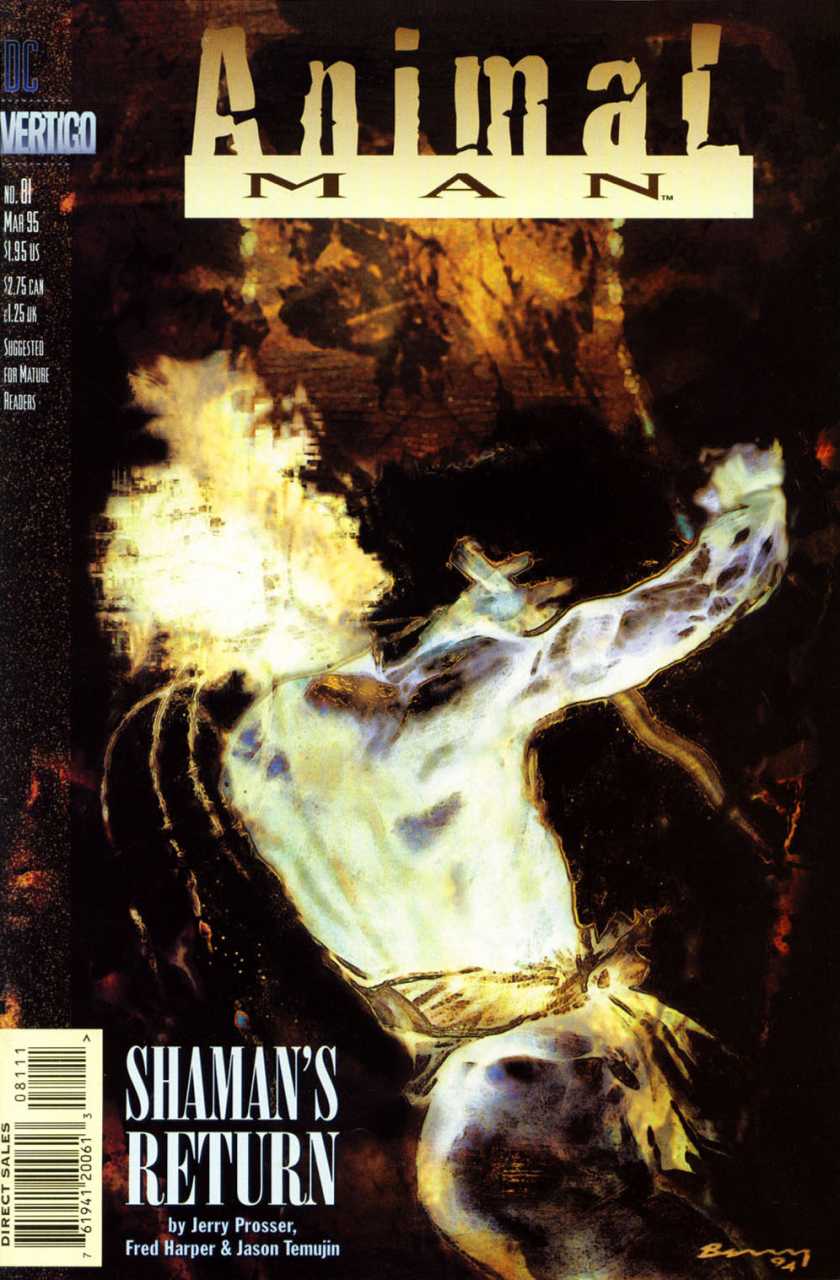
Jerry Prosser: writer
Fred Harper: pencils
Jason Temujin Minor: inks
Tatjana Wood: colors
Richard Starkings: letters
Rick Berry: cover
Lou Stathis: editor
Animal Man #81: Shaman’s Return
Previously on Animal Man: After being killed by wild beasts, Buddy Baker wakes in a dreamlike version of his childhood home. His long dead “mother” he must endure several trials to be reborn in the real world.
On the Outside
The cover is a very typical Vertigo style cover. It is dark and abstract and moody. A stylized silhouetted figure holds what looks to be a long, crooked knife while either falling backwards or fending off an imaginary foe. To be honest I don’t like it. I mean it’s alright, very arty and very Vertigo. But maybe I’m just immune to this kind of cover now, I’ve seen so many like this that it has no impact on me. Perhaps in ’95 this would have been new and fresh, but now it’s just…meh.
On the Inside
The issues opens with a spaceship descending from the sky to mutilate a giraffe.
We then cut to a television studio at Life-Power Church barn where Maxine is giving a reassuring talk about not being afraid of the Red Dreaming and how it’s okay to be an animal. Following this Dr. Verma does a show about the New Science and essentially again tries to reassure people that the dreams they are having are completely natural.
Back on the Life-Power Church compound there is dissension about how the church resources should be spent and the direction of the church in general. Some feel the TV shows are a waste of money and that the church should focus on getting back to “the people.” Meanwhile the compound it besieged by religious protestors accusing them of Satanism, corruption, etc. A scuffle occurs.
That night Maxine dreams of the Spider Queen with whom she makes a bargain; the return of her father for the promise to find “homes” for her babies. Maxine agrees and the spaceship from the beginning descends to deposit the afterbirth covered body of Buddy Baker.
Thoughts
This is defiantly the middle story in an ongoing arc. We are getting closer to the final reveal of Buddy as Animal Man again. But it’s taking it’s time to get there.
Remember I came into this without knowing anything about the character and three issues in I still don’t. The premise is intriguing enough to hold my attention but I can’t imagine continuing with this if I were going month to month. If I had to wait 30 days for the next chapter I just don’t know if I would. There are great things about decompressed storytelling and luckily I have the issues at hand so I can simply read one after the other, but reading this in a collected edition would probably be more satisfying.
That being said there were some interesting concepts being explored. The religious protesters condemning the Life-Power Church as a cult is a nice commentary on religious extremism and the TV show is nice satire on the Sunday evangelism shows. In fact it seems like this issue wants to take a poke at all manner of things; conservative talk shows as well as hippies for instance. And it wants to be a commentary on the cult of personality.
The church is divided since Buddy is gone and several parties want to take over the leadership. Schisms occur after the departure of the charismatic leader, the death of the messiah. This issue seems to want to explore that but it is unfocused. Too many points are brought up at once and simply not developed.
This being the middle of an arc it is possible that these themes will be picked up and developed but for now it is somewhat unsatisfying.
What is satisfying is the introduction of the Spider Queen. The art is creepy and the “sinister bargain” holds a lot of promise for future craziness.
And, finally, Buddy is back in the land of the living. Perhaps I will actually get to read an Animal Man comic with Animal Man as Animal Man in it. One can dream.
Next time on an all new episode of Long Lost Longbox: Animal Man #81 and a brief look at the history of the character of Animal Man. See you then.

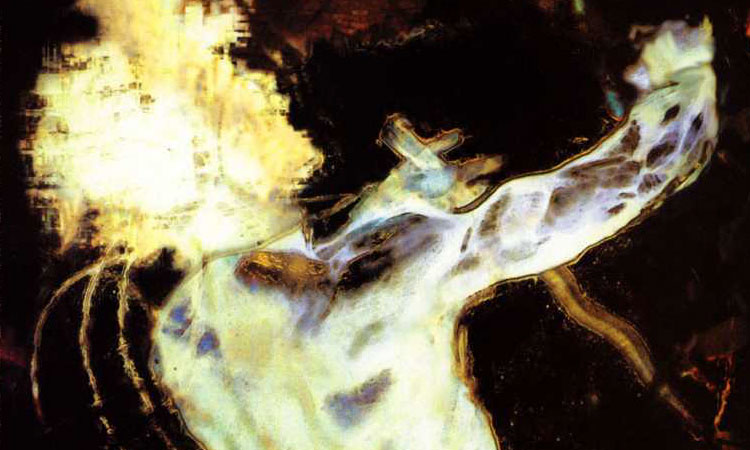
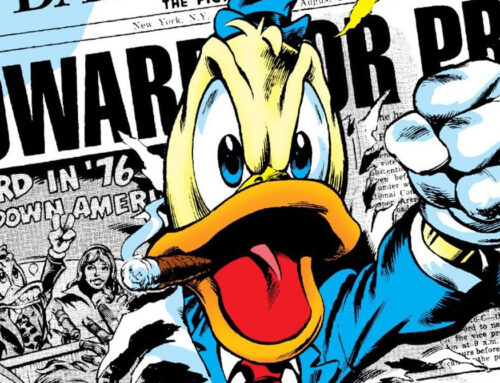
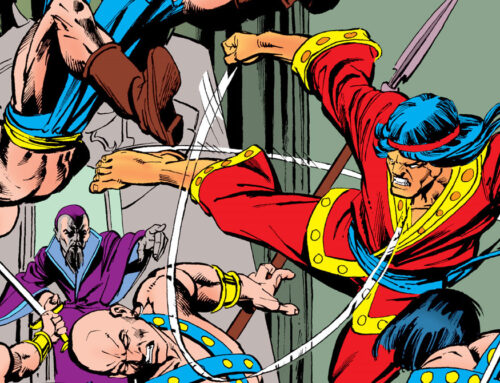
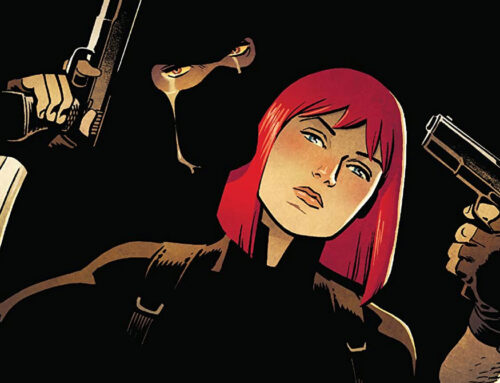
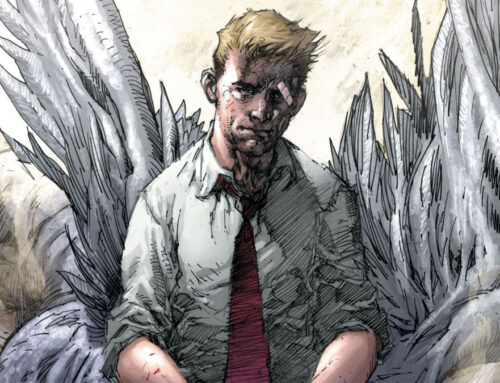
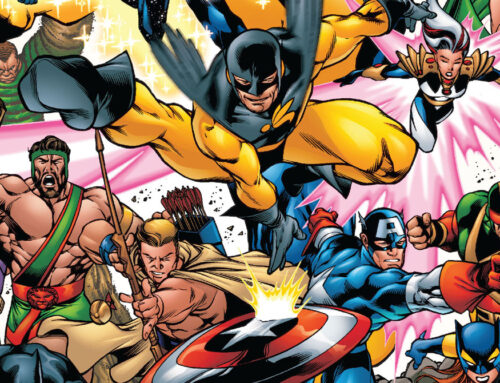



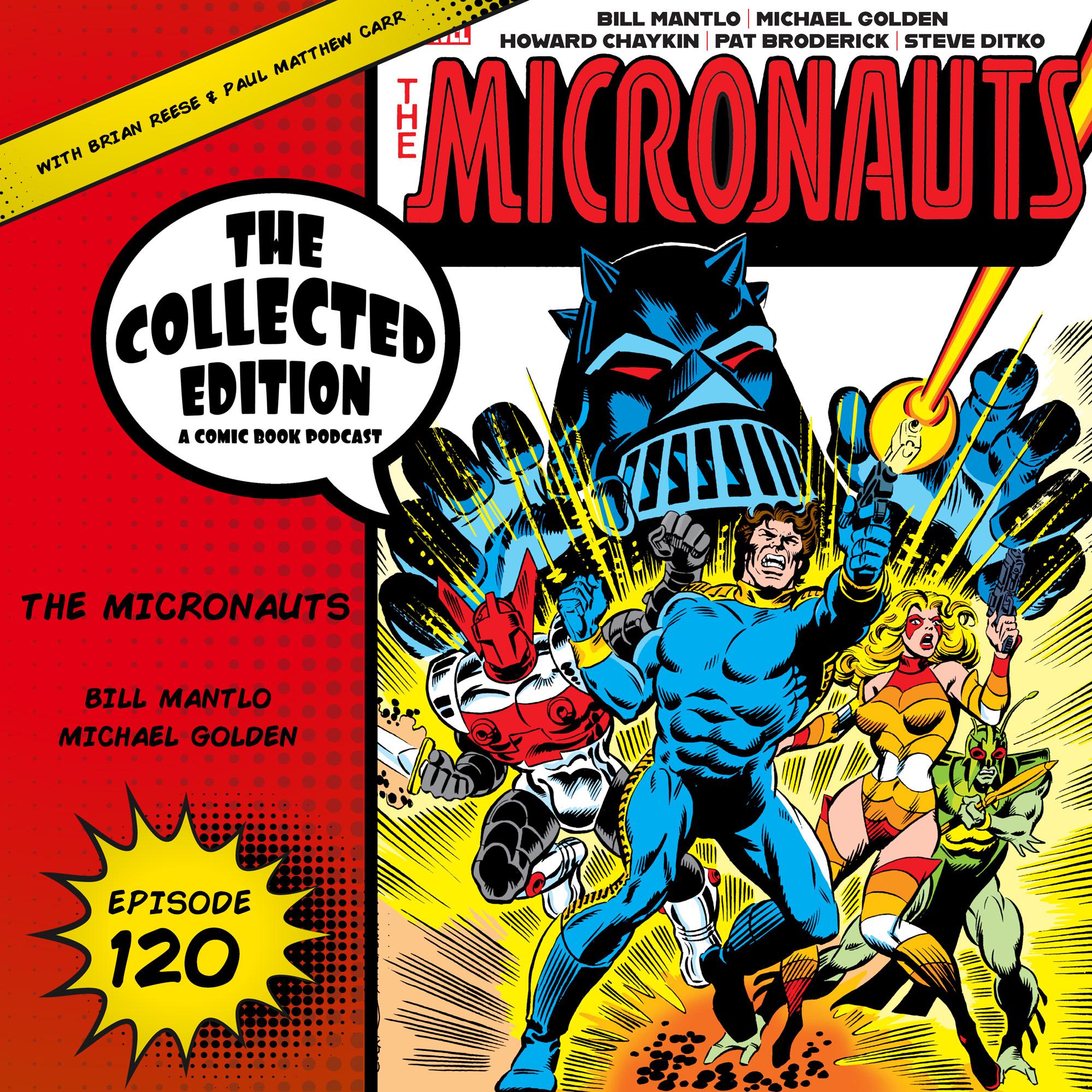
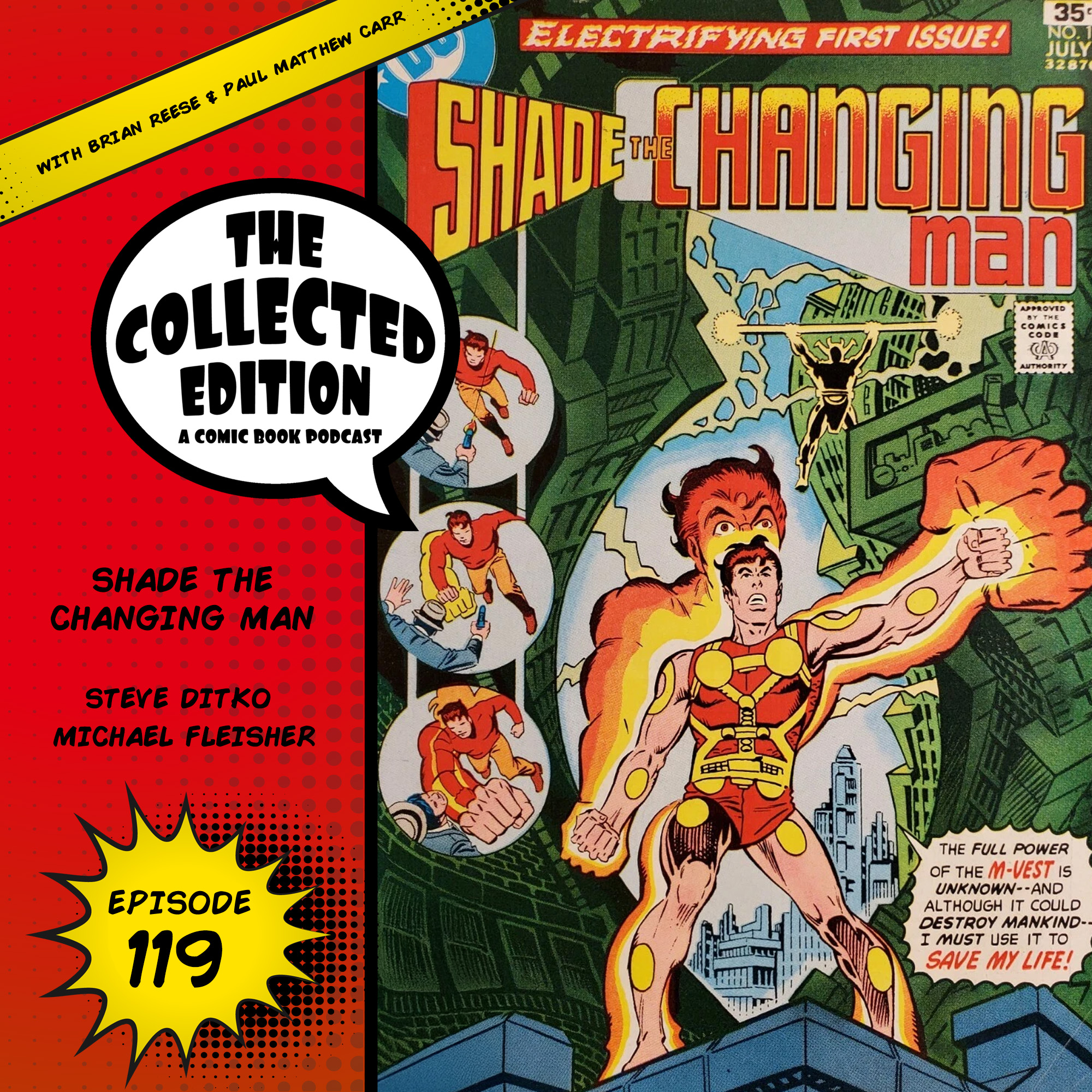

Leave A Comment